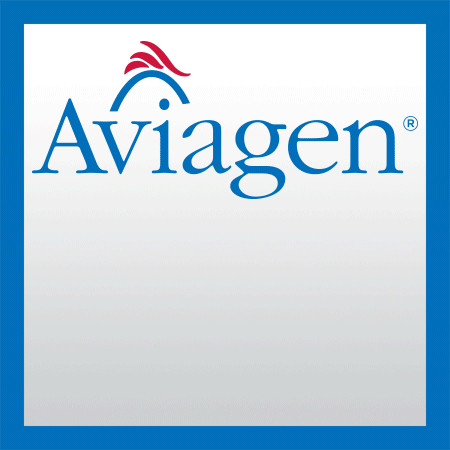The problem of antibiotic resistance
07 May 2020
Rational use of antibiotics in poultry production
Antibiotic resistance is a global problem that affects all the inhabitants of the planet to a greater or lesser degree. The World Health Organization (WHO) has declared it as the most serious problem facing humanity, since all use of antibiotics, whether in human or veterinary...
Content available at:
Español (Spanish) Português (Portuguese (Brazil))
Antibiotic resistance is a global problem affecting all the planet’s inhabitants to a greater or lesser degree. The World Health Organization (WHO) has declared it the most serious problem facing humanity since all use of antibiotics, whether in human or veterinary medicine, has the potential to generate resistance. The WHO has urged human and veterinary doctors worldwide to work together to resolve this crisis under the auspices of the “One Health” plan. The International Office of Epizootics – OIE – published in November 2016 its strategy on antibiotic resistance and the prudent use of antibiotics in veterinary medicine and animal production.
In January 2018, the American Veterinary Medical Association – AVMA – defined antibiotic care as “the actions that veterinarians take individually and as a profession to preserve the effectiveness and availability of antimicrobial drugs through conscious supervision and taking responsible medical decisions to protect the animal, human and environmental health.”
Definitions of use
Currently, in the USA, the European Union –E.U.–, Australia, Canada, Japan, and many other countries, the use of antibiotics of medical importance to improve the production parameters of flocks is prohibited or severely restricted. Consequently, the use of medically important antibiotics in these countries is only approved for preventing, controlling, or treating bird diseases.
Prevention / Prophylaxis
The administration of an antimicrobial to a group of animals of which none exhibit clinical signs of disease or diagnostic evidence of infection, when the transmission of existing but undiagnosed infections or the introduction of pathogens is anticipated based on history, clinical judgment, or epidemiological knowledge.
Control / Metaphylaxis
Control is the use of antimicrobials to reduce the incidence of infectious disease in a population with some animals exhibiting clinical signs of disease or already having diagnostic evidence of being infected.
Treatment / Therapeutic
This use assumes that animals with evidence of being sick can be distinguished and segregated from those healthy or without diagnostic evidence of infection to be treated; however, it is not feasible in species such as:
- Chickens or turkeys for fattening
- Laying hens
- Breeding hens
It is essential to define each of the uses of antibiotics in the practice of population veterinary medicine. Therefore, AVMA has recently proposed a series of definitions.
Antibiotic care
Currently, programs sponsored by the WHO, the OIE, and many government agencies in each country are being initiated for the responsible use of antibiotics in human and veterinary medicines to preserve the effectiveness of these essential tools to maintain human and animal health.
Medical-veterinary organizations such as the AVMA and specialty groups in the different species, such as the American Association of Avian Pathologists -AAAP- have developed their basic principles of reasonable and responsible use of antibiotics. For example, in poultry farming, the AAAP developed, in collaboration with the AVMA, the following basic principles for the rational and responsible use of antibiotics in
TO CONTINUE READING REGISTER IT IS COMPLETELY FREE
Access to articles in PDF
Keep up to date with our newsletters
Receive the magazine for free in digital version
REGISTRATION
ACCESS
YOUR ACCOUNT
LOGIN
Lost your password?




































